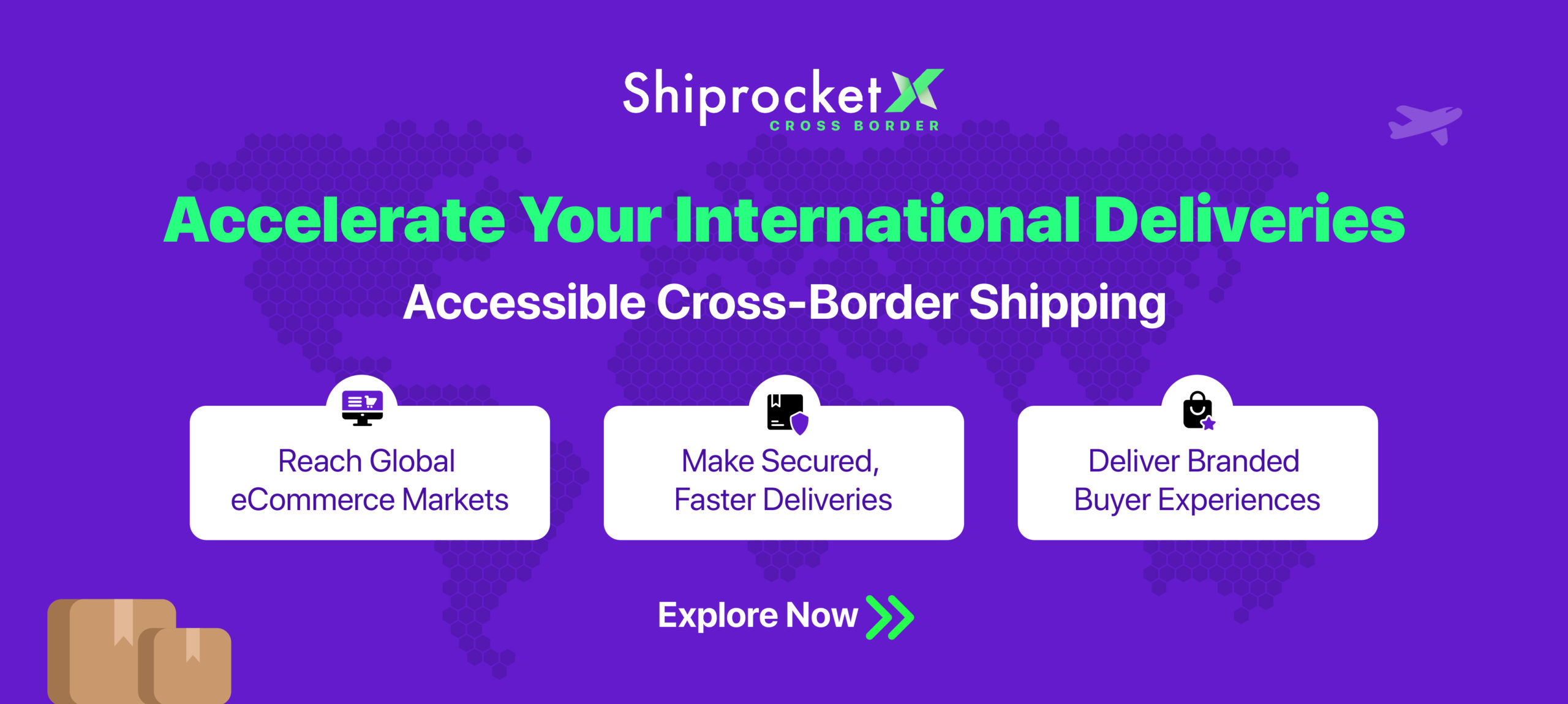Port Congestion During Festive Seasons: Why Does It Occur?

Every year, around the festive period of Diwali, millions of orders create a peak season demand for logistics services which leads to a region-wide capacity crunch of air cargo and shipment vessels.
According to an AAPA (Association of Asia Pacific Airlines) study, there was a 26% annual increase in air cargo demand in the month of August 2022 due to the upcoming festive occasions. It was also noted that there was a record-high surge of more than 50% higher consignments leaving Indian borders compared to last year.
How Do Festive Order Surges Affect Freight Capacity?
Longer Hauling Time
Vessels in this period are requiring more than their average time to unload, load, and depart from the airport, which is further causing delays in the cargo schedules, further reducing the availability of freight carriers.
Labor Shortage
Due to more than the usual parcel volumes, the labour involved in the haulage of consignments falls short. Labour shortages are one of the primary causes of delayed deliveries for international orders.
Trucking Restrictions
The transport of parcels from the seller’s pickup point to the air cargo pickup port faces numerous restrictions, mainly due to overloaded packages that go overboard the carriage allowance limit.
How To Manage Peak Season Logistics Crisis?
Peak seasons port congestion and logistics crisis can be handled in many ways:
Plan In Advance
It is always recommended to book air freight before the Cargo Ready Date (CRD) in the event of peak seasons. This is so because ports and warehouses are extremely overbooked and congested, which further requires higher load and unload time at the origin and destination ports, respectively.
Prepare For Higher Rates
Freight fares during the festive season are higher than most days, and express deliveries cost a fortune for faster deliveries. Congestion at ports also means a higher waiting period for loading trucks, and thus one has also to bear the charge for the trucker’s wait time.

Be Flexible In Your Carrier Choices
If you opt for carrier services that have a comparatively longer transit time, you have lower chances of being subjected to congestion at any port, origin or destination. This is because festive times demand instant or faster deliveries, and the fastest couriers are hence overbooked.
You can also opt for a different discharge port than your regular one during this period of two to three months since the most popular ports already have their containers full and overflowing with rolled cargo.
Label The Shipments In Coordination
Every commercial invoice should have an HTS Code on it, especially if you’re shipping products abroad for the first time. Moreover, every FOC (Free Of Charge) item should also be assigned a minimum value, primarily for products being shipped to the US. This is because US Customs doesn’t accept any items of $0 value.
Conclusion: Streamline Internally To Ace Internationally
Saahil Goel, Founder at Shiprocket, says, “ The choke ends up happening at the last mile, where given the COD orders and discounting, the volume just goes through the roof and after a while, the demand planning goes for a toss as companies are not able to clarify and prioritize orders”.
Peak season crisis is nothing new, and no matter how well you plan it, it’s never 100% hassle-free. Having said that, you can always overcome the major part of it. eCommerce sellers can prepare a demand plan beforehand to combat congestion issues for their international orders by partnering with an international logistics solution that has more than 2 types of carriers and in-house customs agents to smoothen the order flow across borders.






